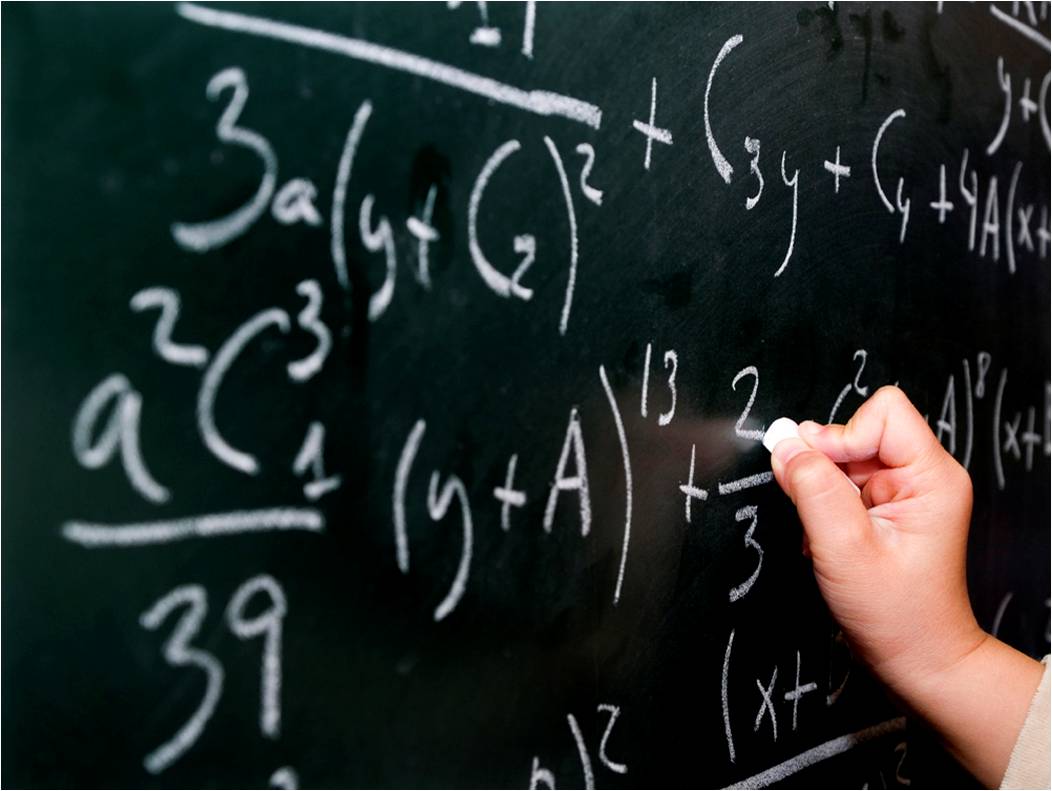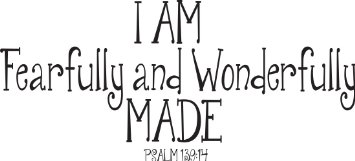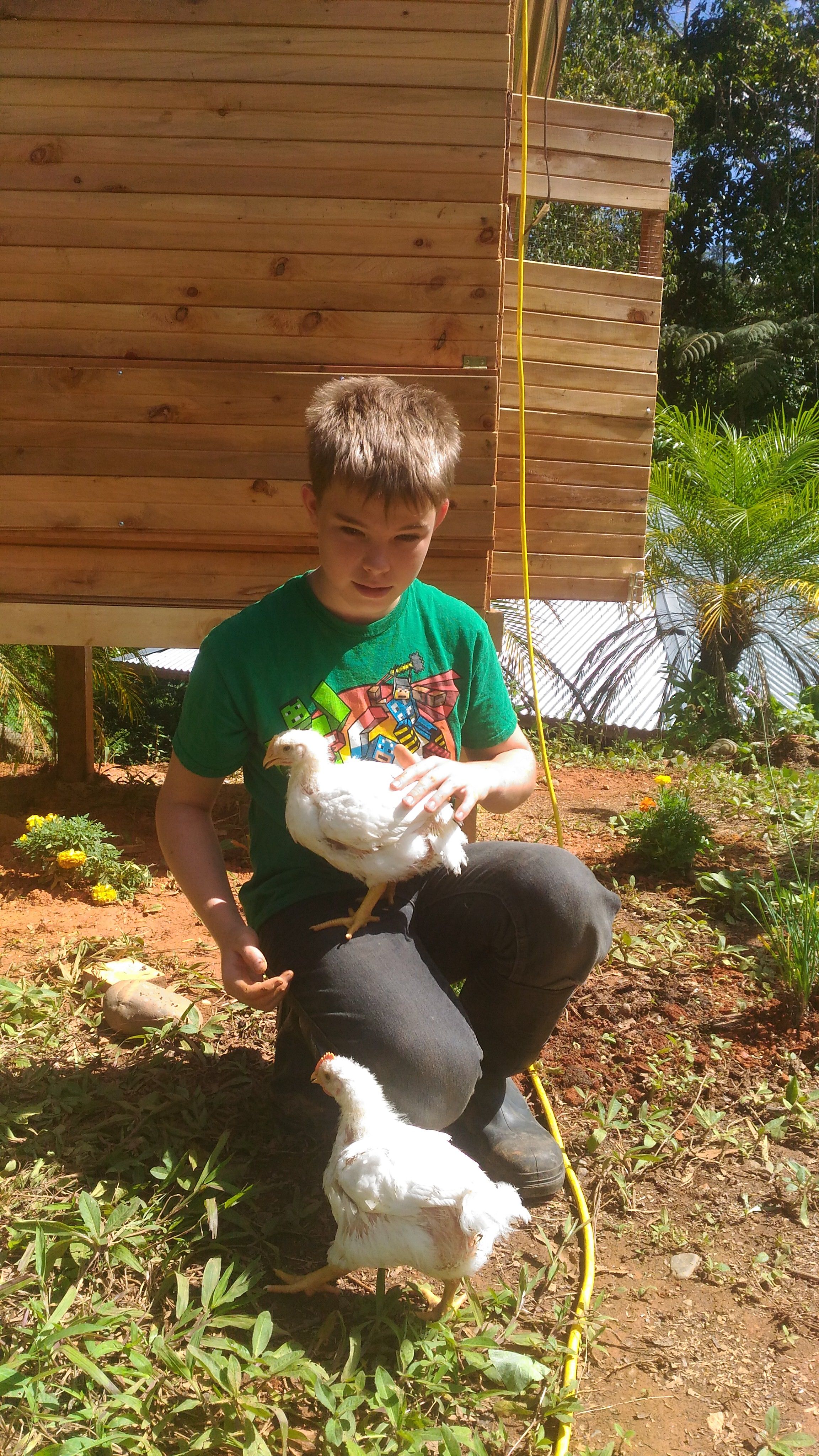
On the Shoulders of Giants – a scientific model for kinesiology ethics
The IASK (International Association of Specialized Kinesiologists) forum this year brought forward a question of ethics. Specifically, how we can move forward as an industry while respecting the intellectual property of course writers and authors. As you can imagine, this sparked some pretty interesting responses! The forum is supposed to allow each person who wishes to, to speak briefly on the topic but without referring to the remarks made by anyone else. This gets a little intense when you have a lot of people speaking a variety of languages who are all passionate about their craft. The responses ranged from rants about the sanctity of copyright laws, to how to protect your property and set up a trust, to concerns over why associations don’t enforce their laws, to people who want everything to be free and open to the public. And I’m sure most people there felt that their way of seeing this is the only why that makes sense.
I have been thinking about this a lot since I got home.
It is virtually impossible to attend a conference like the one IASK just held in Bergamo without being exquisitely aware that we, as kinesiology practitioners, are standing on the shoulders of giants. We are grateful everyday for people like George Goodheart, John Thie, Richard Utt, and Alan Beardall who, between them, basically defined the industry we work in. But in their work, they borrowed concepts and techniques that were already understood; Chapman and Bennett reflexes, Kendall and Kendall muscle tests, the Chinese meridian system, Indian mudras, etc. What was unique was the ability to see correlation and put these things together in new ways and protocols so that they could help more people.
Thanks to their work, we have a new set of ‘norms’ and ‘constants’ to play with. I don’t have to figure out what muscles relate to a specific meridian, or how to use an indicator muscle to read something specific like an organ or a gland – this work has been done. If we are going to move forward, we need to be able to draw on this set of constants, rather than trying to create an entirely new modality every time we want to look at something in a slightly different way. If we feel like we have to start from scratch every time, then an awful lot of the most creative people in the field of energy kinesiology will be sitting in their own little caves reinventing wheels. And at the end of the day, we will have a lot of wheels, but not be going anywhere.
So how do we do this?
As Specialized Kinesiologists, we all believe that everything is energy right? And, whether you call it Karma or the Golden Rule, or the Law of Attraction, can we also all agree that what you put out there comes back to you? Understanding this, can we agree to show respect and give credit when writing our materials and when presenting – honoring the research, making sure we include sources and reference materials in everything we put out there? As content creators and teachers and authors; can we share our ideas a little more freely, understanding that discussion and adaptation and innovation need to happen if we want this industry to grow?
In the rest of the scientific world, it is standard to use citations to show where you got your information. Most books and papers will also include an appendix that gives more details in case the reader wants to see the study or work that is quoted in its entirety. Could this model not be adopted by specialized kinesiology? If we want to be seen as a legitimate science, couldn’t we act like one?
And just to clarify, (since I’m sure someone will call me on it if I don’t), I’m not talking about violations of copyright laws, where someone just steals huge chunks of someone else’s work. Nor am I talking about people who take a manual, slap their own name on it and call it something else (you know who you are and it will come back to you, as per the beginning of the last paragraph!). What I’m talking about is the use of basic tools and techniques that have become constants in specialized kinesiology and the ability to use them to explore new protocols and further understanding; the same way that a brilliant physics equation can be used by physicists in the future to prove the next big thing, allowing the field to progress.
While we were in the Forum, my friend Adam Lehman spoke up, asking, ‘Who’s to say which of us is a ‘pioneer’? The next pioneers of kinesiology could be in this room!’ At the time, I loved this statement, because there can sometimes be a weird bias within our field that the old way is the right way and anything else is derivative. But when I thought about it later, I realized I have absolutely no desire to be a pioneer. I don’t want to forge a new path – I want to take the paths that are there and turn them into highways! Maybe even put up a few signs so that people can actually find them!
Let’s refer to each others’ work. Let’s build on each others’ ideas. We are so much stronger together, and this is what will allow us to move ahead.
Be Amazing!
Alexis




6 Comments
Adam Lehman
Hi Alexis…well said. I’ll just add that taking paths and turning them into highways is still forging a new path! If done in new, original and creative ways – even if based on the old path – you may still end up being a pioneer! Embrace it! Enjoy it! Relish in it! If it’s your path, then so be it. Keep in mind that “Pioneers” is a label given by others at a later date, looking back at what someone has done in the past. If you end up being labeled a pioneer – awesome! (Wouldn’t surprise me…).
Brett Scott
Hi Alexis
It was great to finally meet you.
I totally agree with you and also Adam’s comment above.
Kinesiology is dynamic and seems to be it’s own expanding universe, just as Richard Utt introduced acupuncture formatting and holograms to existing techniques, expanding on what was already there, this type of expansion will probably continue for quite sometime.
To develop anything or to expand on someone else’s development takes time, passion and dedication, all the people that have developed or expanded the techniques deserve acknowledgement and respect, they are willing to do what others are not, each one a total inspiration.
If we are able to do something we love, that helps many, it is because of the people before us, gratitude costs nothing!
Robin Brown-Frossard
Thank you, Alexis for this article. I agree with your suggestion to give credit where credit is due.
It’s very easy to quote someone. It doesn’t lower the quality of our work – on the contrary, it enhances it. And we have the satisfaction of knowing that we have valorized the work of someone else in the past, that allows us to do the development that we are doing today.
There is also the notion of a lineage. In traditional Tibetan methods of development, it is a sign of expertise and value to mention those who have come before oneself. It gives weight to new discoveries and to new uses of what was discovered in the past. And becomes the link to future generations who will develop on what we are doing today.
Many thanks to have brought this topic forward and to have invited us to share our opinions.
Emma
Hi Alexis,
first of al thank you for taking the time to write this. My, it was a very heated discussion in Bergamo!
At the end of the day it is all about honesty and respect, isn’t it? Be honest when writing your name on a piece of work, when saying who’s idea it is that you are using, and then value other people’s work and effort, and show how much they mean to you and to your work as a Kinesiologist. If you go around and just take other people’s work, you are just asking for your work to be taken as well.
Overprotection cannot be the solution either though, what if the Chinese had been overprotective with their meridian system, which points would we all be using now? ;-P
admin
I am so grateful that you all – practitioners and teachers from around the world – are willing to join me in this conversation. Thanks for sharing your thoughts. If we can have an international dialogue about the questions that matter I see us making some serious progress in the next few years!
Earl Cook
Interesting subject, Alexis, and one that I have given a great deal of thought. As a result, I’ve attempted to identify and give credit where credit is due. Before his death, Dr. John Thie said that TFH used to be one big family and everyone had gone their own way by creating their own modalities and following. As I searched for ways to honor this fact and create something could was active and ‘alive’, I thought back to the partial Touch for Health tree that Jim Reid, Ddv, PhD had created and which Dr. Thie handed out in his class.
I contacted Jim Reid and asked for permission to continue his idea. He granted me permission and with help from Jan Cole (who seems to know everyone in the world) and my wife, Gail, we created the Interactive Tree of Energy Kinesiology where we could link to the leaders and innovators of our field.
Interactive Tree of TFH: http://etouchforhealth.com/community/tfhtree/
In doing this, I discovered that some of the leaders did not have a ‘web presence’ so we created web pages for these leaders.
http://etouchforhealth.com/community/tfh_community.html
The 2005 TFHKA conference, planned by Arlene & Larry Green also brought together many of the leaders and pioneers. It was not totally complete, but it honored many:
http://www.etouchforhealth.com/community/tfhka_2005.html
Some may wonder why we began our ‘Balancing the World’ photolog in front of CNN headquarters. At the time, my niece was working for CNN in Atlanta and had asked for some news stories. I gave two stories, one about snowflake babies and the other about the 2005 conference. I said that it was going to be a historic gathering honoring the pioneers, innovators and leaders of our field. They ran with the snowflake baby story and said that the 2005 conference, “Is not newsworthy.” Therefore, we started Balancing the World on the doorsteps of CNN.
http://www.etouchforhealth.com/worldbalance/index.html
I also put a tremendous amount of time and effort into identifying all the different techniques and modalities that are part of our field. My goal was two fold. First, I wanted to create a central source for peer-reviewed research studies related to each technique and field and secondly, I wanted to identify the innovators of the techniques. It could be much farther along if volunteers had come forward and participated but those were few and far between. Thanks to Richard Duree, Dr. Scott Cuthbert, George Goodheart, Jan Cole, Adam Lehman and Richard Utt, we have a good start.
Scott Cuthbert said the Goodheart was inspired by what Goodheart saw us attempting to do in research when at the 2005 conference and went on a prolific spurt of writing and collecting papers on the Manual Muscle Test. http://www.etouchforhealth.com/research/muscle_testing.html
Here is a list of the techniques that I identified and hoped to have a champion for each technique researching and looking for studies.
http://www.etouchforhealth.com/research/abstracts_menu.html
I also knew that there were related modalities that had their own innovators and proposed that any research studies done in these areas would have a ‘related benefit’ to our Touch for Health research. Richard Utt, Adam Lehman and Jan Cole worked in this area and we were able to get an entry for Applied Physiology before Richard’s death that occurred fairly soon after we got this done.
http://www.etouchforhealth.com/research/applied_physiology.html
Richard pressured me about the topic of the ‘Tree’. After a two-hour conversation on the phone, I agreed to create a tree just for Applied Physiology. This has not been done but will be. I was waiting on names and modalities and Adam Lehman supplied those to me recently.
When reading the research of another innovator, Candace Pert, PhD, I was intrigued by one sentence in her book, Molecules of Emotion. She basically said that when people chant, it causes reverberations in the sinuses that trigger the release of endorphins that flood the body. I thought back to my childhood and those times when I could not sleep and my mother would put her forehead to my forehead and we hummed. I would fall right to sleep after that. I then wondered if it had an effect on unlocking muscles? I found that even if there were dozens of unlocking muscles that putting foreheads together and humming caused all muscles to lock. I then went to work identifying the ‘innovator’ of this technique. I am the youngest of seven and I asked all my brothers and sisters and discovered that my mother had never done that to them. I know that the Mauri of New Zealand have a method of greeting where they touch noses so I did research to see if they touched foreheads and hummed? They do not.
One interesting fact is that George Goodheart, John Thie, Walter Schmitt, Richard Utt, Darcey Lewis and Earl Cook were all born within minutes of each other in the Detroit area. Albeit, in different generations, but in the same physical locality. Did this have something to do with it? I was born over 10 years before Goodheart discovered AK so I have given credit to my Mother and Candace Pert as the innovators. Like Goodheart and company, I connected the technique to muscle testing.
Another time, I was working with a fellow dancer who had been suffering from extreme foot pain for years and not gotten any relief from foot inserts, special shoes or physical therapy. I did a 42-muscle balance and used all the techniques that I knew and nothing relieved her pain. In this moment of exasperation, I had a flash! The pain was in her feet in the plantar region but we did not have a test for this. So, I used our basics of muscle testing, putting both ends of the muscles together and then testing to see if they locked with pressure. In this test, there was nothing. She could not flex and cup her foot. OK, I thought, now what? Which meridian is associated to this muscle? Which points? What I did know was the location of the belly of the muscles and used the origin/insertion technique of spreading on the spindle cells in the belly of the muscle. I did this for a few seconds, retested and she could both flex and cup her foot and it locked when I tested. She said the pain went away immediately and she bought all new shoes and went on a six-week backpacking trip without any foot pain.
In doing this, I was building on what I had learned in Touch for Health and applying it. I recognize that fact but realize that the plantars are not in our standard group of muscles that we test. I think these should be TFH muscle #43! This, to me, is an example of how we can keep building on the shoulders of the giants.
And, like in the Tree of Touch for Health, there are roots and a basic trunk that connect all of us in this field. We may develop our own branches and offshoots, but there is a history and a connection existing within our model.